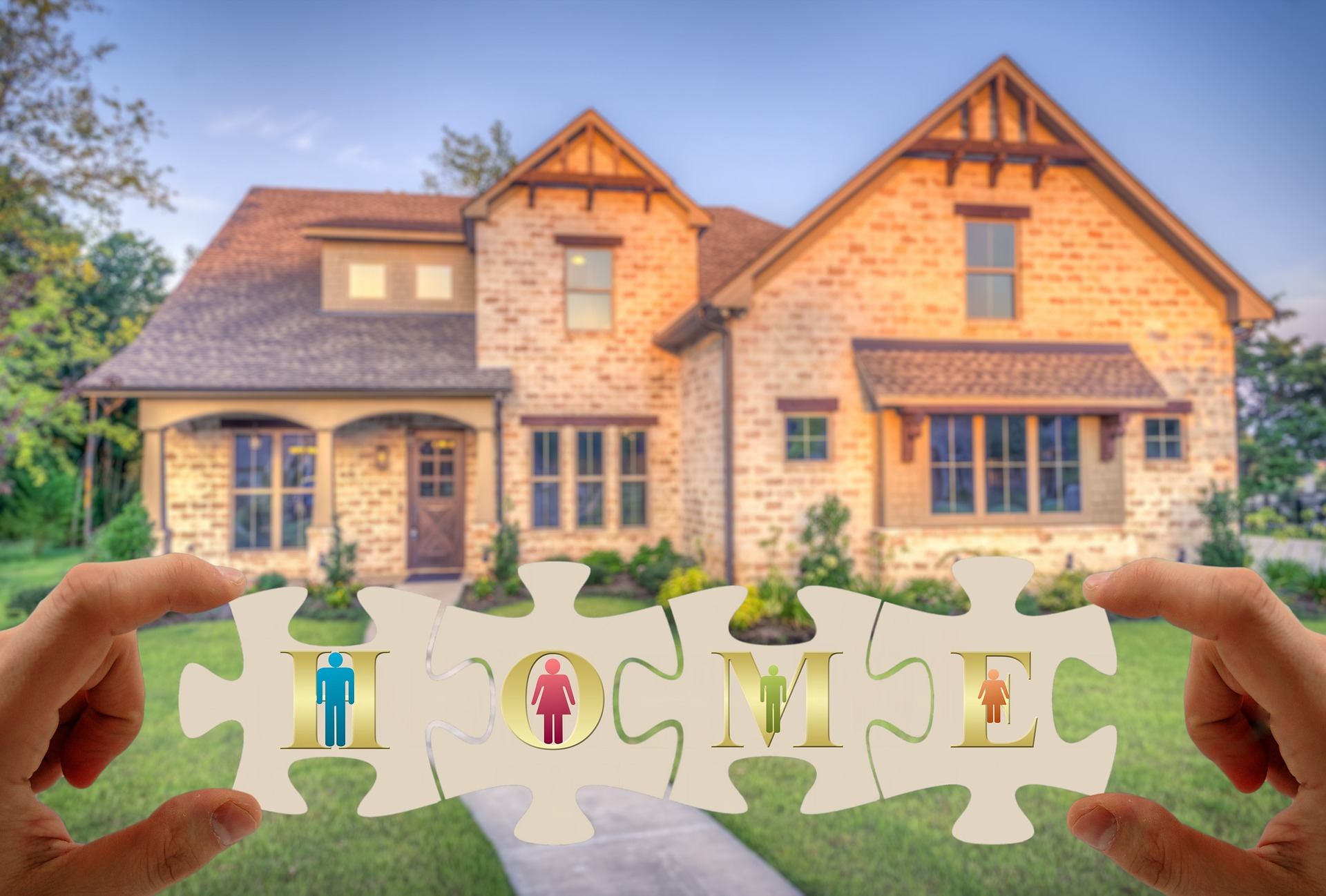Granny Pods: Smart ADUs for Multigenerational Living
Granny pods—also called accessory dwelling units (ADUs) or granny annexes—are compact, self-contained homes placed on a family property that let older adults live independently while staying close to loved ones. Learn how these units support elderly care, promote multigenerational living, and what features, legal checks, and budget considerations to weigh when exploring this increasingly popular alternative to assisted living.

Granny pods offer a flexible, family-centered alternative to traditional senior housing. These small, standalone units—often referred to as accessory dwelling units (ADUs) or granny annexes—are designed to sit on a relative’s property and give older adults their own private, accessible living space while keeping them near family support. Below is an in-depth look at the benefits, practical features, legal considerations, and cost options to help families decide whether a granny pod fits their needs.
Why Families Choose Granny Pods for Elderly Care
One of the biggest advantages of a granny pod is the balance it strikes between independence and safety. Residents enjoy private living quarters, yet family members are nearby for companionship and rapid assistance if needed. This proximity can reduce anxiety for both seniors and caregivers because help is close at hand in emergencies. In many cases, living next door also enhances seniors’ emotional well-being through more frequent family interaction and a sense of belonging.
From a financial perspective, granny pods can be less expensive over time than facility-based care because they eliminate monthly institutional fees and can reduce transportation and caregiving costs. The arrangement also enables families to tailor the level of care—hiring in-home caregivers as needed or providing daily support themselves—so care plans can be more personalized and potentially more cost-effective.
How Granny Pods Enable Multigenerational Living
For households embracing multigenerational arrangements, granny pods provide a practical solution. They create separate but nearby living quarters for grandparents or aging parents, preserving everyone’s privacy while enabling shared caregiving responsibilities. This shared approach can ease the workload on any one family member and let family members divide tasks like transportation, medication management, and social engagement.
There are additional household benefits: grandparents who help with childcare can reduce childcare costs and allow working parents greater flexibility. Conversely, younger family members can assist with maintenance, errands, and technology, creating reciprocal support that strengthens family bonds across generations.
Essential Features to Prioritize in a Granny Pod
When selecting a granny pod, prioritize safety, accessibility, and comfort. Important features include:
- Wheelchair-accessible entries, wide doorways, and zero-step thresholds to accommodate mobility devices.
- Non-slip flooring, strategically placed grab bars, and walk-in showers to reduce fall risk.
- Emergency alert systems, medical monitoring options, and smart-home integrations for remote check-ins and automated controls.
- Energy-efficient appliances, LED lighting, and other sustainability features to keep operating costs down.
- Good insulation and HVAC for year-round temperature control and comfort.
- Durable, low-maintenance exterior materials to minimize upkeep for the homeowner.
- Large windows and ventilation to maximize natural light and healthy indoor air.
These features not only improve safety but also enhance daily living quality and long-term usability as mobility or health needs evolve.
Legal, Zoning, and Permitting Considerations
Before installing a granny pod, check local zoning ordinances and building codes. Regulations vary widely: some municipalities welcome ADUs and provide clear permitting paths, while others restrict unit size, placement, or occupancy. Typical issues to investigate include setback requirements, maximum square footage, parking rules, and whether a separate utility connection is permitted.
Many jurisdictions require building permits and inspections; some may ask for special variances. Consulting your local planning department or a real estate attorney can clarify requirements and prevent costly violations. It’s also wise to confirm any homeowners association (HOA) rules that might affect placement or appearance.
Cost Range and Popular Models
Costs for granny pods differ depending on size, finishes, accessibility features, and local installation expenses. Basic units can be much less expensive than fully outfitted medical-grade pods, while larger, upscale models with advanced technology will cost more. Typical price ranges for prebuilt units fall roughly between $40,000 and $150,000.
| Provider | Model | Size (sq ft) | Key Features | Cost Estimation |
|---|---|---|---|---|
| MEDCottage | Classic | 288 | Medical monitoring, smart-home tech | $85,000 - $125,000 |
| The Granny Pad | Standard | 400 | Customizable layout, energy-efficient | $50,000 - $80,000 |
| FabCab | TimberCab | 550 | Eco-friendly materials, accessible design | $90,000 - $150,000 |
| Homes Direct | Granny Flat | 600 | Full kitchen, spacious living area | $60,000 - $100,000 |
Prices, rates, or cost estimates mentioned in this article are based on the latest available information but may change over time. Independent research is advised before making financial decisions.
Making the Right Decision for Your Family
Selecting a granny pod involves weighing family needs, budget, and local regulations. Start by assessing the senior’s health, mobility, and social needs to determine the size and features required. Obtain multiple quotes, factor in installation and utility connection costs, and account for potential long-term maintenance.
Site planning is also important: consider privacy, sunlight, proximity to the main house, and easy access for caregivers and emergency services. Involving the future resident in the design choices increases the likelihood of acceptance and satisfaction.
This article is for informational purposes only and should not be considered medical advice. Please consult a qualified healthcare professional for personalized guidance and treatment.
Granny pods are an increasingly practical and humane approach to aging in place that preserve dignity and family connection. With careful research into features, zoning, and costs, many families find these compact homes deliver a thoughtful balance of autonomy, safety, and togetherness for aging loved ones.






